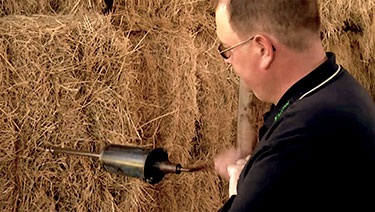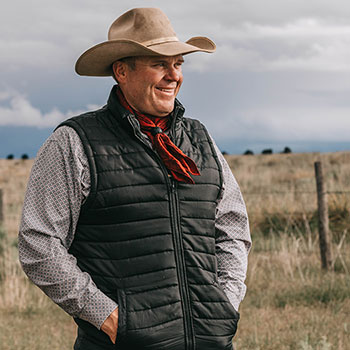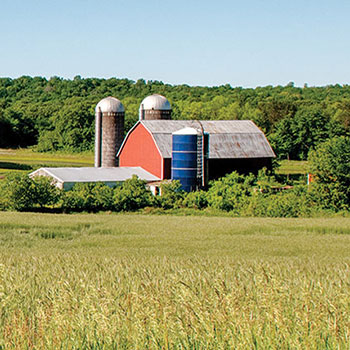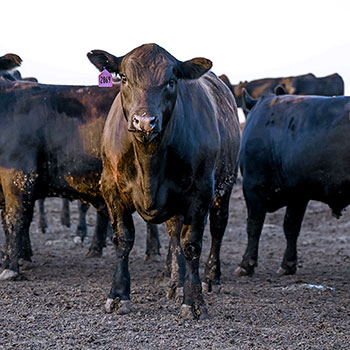Importance of Feed Testing
Without adequate protein, the rumen cannot digest enough to create energy.
Winter forages often need to be supplemented with protein or minerals. The only way to really determine the nutrient quality, or levels of various nutrients, of your forage is to have it analyzed.
Warren Rusche, South Dakota State University (SDSU) Extension beef feedlot management associate, says each lot of hay should be sampled uniformly — not just pulling a few cores off the bales we can get to the most easily. It’s best to take at least 20 cores so there is a good representative sample of that field or load of hay, he says.
 |
Warren Rusche, SDSU Extension beef feedlot management associate, says each lot of hay should be sampled uniformly — not just pulling a few cores off the bales we can get to the most easily. |
“In terms of what we want to sample and analyze, most labs do a pretty good job. If the lab is doing some NIR (near-infrared reflectance) testing, we need to tell the lab what we need to look at. Usually the things we want to know are moisture content, percent dry matter, protein, fiber levels and the associated energy levels, and TDN (total digestible nutrients),” he explains.
Then, you can know if you have some feeds to blend together to meet the cows’ needs or if outside supplement should be brought in. If so, you’ll know how much and what kind, says Rusche.
It’s important to also look at minerals, but most producers just rely on a commercial mineral supplement to make sure all bases are covered. Some regions are more deficient than others in certain elements, such as copper (Cu) or selenium (Se), he says.
“Right now, possibly because of all the moisture we had on the Northern Plains, and the lush grass growth in late summer and early fall, we’ve had some reports of grass tetany. If we are feeding cattle alfalfa, which is fairly high in potassium (K), we make that problem worse. Thus, there is value in knowing some of the mineral contents of our feeds, as well,” he says.
For most producers, the most expensive and limiting nutrients are energy and protein, so these are generally the focus when testing feeds. If the cows are on mature fall and winter pasture, energy can be derived from that fiber when it’s digested in the rumen, but the cattle may need additional protein to enable those rumen microbes. Without adequate protein, the rumen cannot digest enough of the forage to produce the necessary energy.
“The same thing applies when feeding grass hay; we need to know the protein level in that hay. If it’s 9.5% protein, it may not need any additional supplement; but if it’s only 7% protein, it won’t be adequate. The rule of thumb I was taught is that cattle need something that’s at least around 8%. If it’s below 8% and we supplement with protein, we will see improved digestibility and increased intake,” he explains.
You want to make sure cattle are eating enough, especially in cold weather.
“If they don’t eat enough, and the forage is not very digestible, then we’ve created an energy deficit in those pregnant cows. [We] set ourselves up for poorer calf health, poor colostrum quality, poor rebreeding the next year, and a smaller calf check,” says Rusche.
An investment in protein supplement when it’s needed will always pay off, but you don’t know if you need it unless you test your feeds.
Editor’s note: Heather Smith Thomas is a cattlewoman and freelance writer from Salmon, Idaho. Photo courtesy Warren Rusche.




